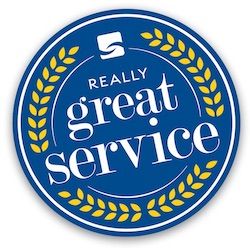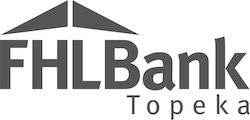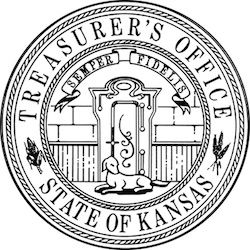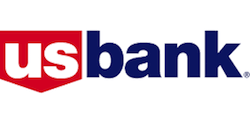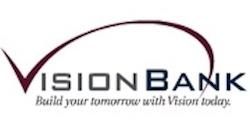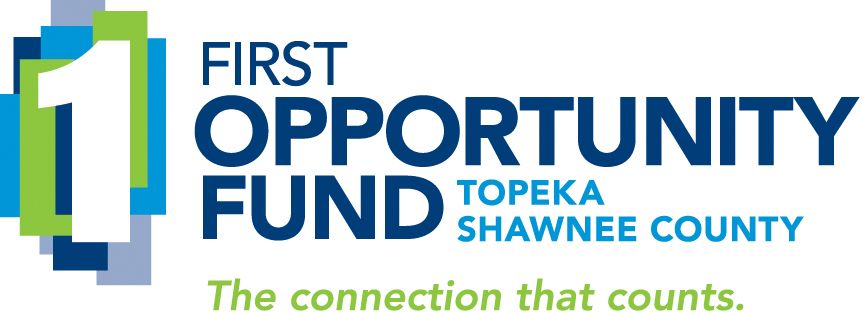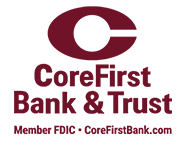Imagine creating an environment in your organization where creativity blazes with the fervor of a Taylor Swift fan. Even with the help of AI tools like Bard and ChatGPT, it will probably never be completely effortless. But with practice and establishing the right work ethic, creativity can burn hot.
Here are four ways to kindle that creativity.
1. Foster a "dare to be stupid" culture
Make it safe for people to put their ideas out there without self-editing. When you set that tone for every meeting — not just “brainstorming meetings” — you create an environment where employees feel comfortable expressing new ideas. When they’re thinking out loud and challenging the status quo without fear of judgment or ridicule, magic happens.
Model and encourage open communication, active listening and respectful feedback to promote a sense of trust and psychological safety. Adopt rules everyone must follow:
- always state the goal up front
- no criticism allowed
- never kill an idea — work to make it better
- no one is allowed to say “that won’t work,” or “it didn’t work before”
- quantity counts: the more ideas generated, the better
- don’t fall in love with the first idea, always measure back against the original goal
2. Rethink the brainstorm
Often, someone calls a brainstorm session and seats everyone around a table. The circle of people stare uncomfortably at each other. Some eventually start talking. Others never say a word. It’s hard to get rolling. (Groan.)
Instead, take a different approach: See the tower created only by teammates with no other means of support. Innovation (and daring) in action.
See the tower created only by teammates with no other means of support. Innovation (and daring) in action.
Warm Up. Always start with an icebreaker. A rapid-fire round of charades or a two minute race sculpting animals from Play-Doh will free up thinking and ignite group energy. This is time well spent.
Get Physical. Brainstorm standing up. Or while sitting on the floor. Or offsite axe throwing. Or at a park or other outdoor location. Or simply by a group walk around the block. Breaking old habits and moving around invites new ideas to flow.
Engage the Senses. Set a stage that creates sensory engagement for the participants.
- share healthy treats or retro candy that conjures up childhood memories
- crank up an energizing music playlist
- invite participants to wear hats or their favorite team jerseys
- provide colored felt-tip markers or colored pencils to use instead of standard pens
3. Invite outsiders
When people exclusively work on problem solving with like-minded colleagues, group think is the inevitable result. It’s as though they’re all inside a jar, trying to guess what’s printed on the label outside; they can’t see it, says David C. Baker, but the answer is obvious to an outsider.
It’s as though they’re all inside a jar, trying to guess what’s printed on the label outside; they can’t see it.
Promoting collaboration across different departments pays creativity dividends. Make it a habit for employees from diverse backgrounds and skill sets to work together on innovation assignments. Or bring in guests from outside to spur even more insights. This cross-pollination of ideas and expertise will spark new insights, unconventional solutions, and fresh approaches that would not have emerged otherwise.
4. Allow time and resources for creative pursuits
Allocate dedicated time and resources for employees to delve into their passions and curiosity.
Encourage them to pursue side projects, participate in hackathons or attend workshops that interest them.
Or even more unconventional, send them to training that ventures beyond their normal educational pursuits.
Offer exposure to tech and training that support bold thinking and problem-solving. Let them experiment with AI and play with new apps. By empowering employees to explore their creativity and invest in their personal growth, you can foster a culture of innovation where new ideas are valued and nurtured.
Try a brainstorming exercise we developed and named Tennessee Round Table.
Rumor has it that Tennessee Williams worked on several plays at once by having multiple typewriters around his dining room table. He’d work on one play until he was out of ideas, then move to another seat at another typewriter and begin working on a different play that was underway there.
In this exercise have your group work on multiple assignments by placing notepads or typewriters in front of each seat. Set a timer and ask each person to work on ideas for the problem in front of them for five minutes. When the buzzer rings, people move to the next seat, view their new assignment, read the previous person’s ideas, then start adding their own. After five minutes, everyone moves again. After 30-40 minutes, stop the clock. Begin reading the ideas aloud for each challenge, evaluate and create action steps for where to go next. You’ll be amazed by how many ideas are generated in a short amount of time. Yes, some will be stupid. Others will be brilliant.
Creativity and innovation are not for the chosen few.
Like any worthwhile pursuit, great creativity is developed with the right environment, good habits and practice. Don’t just wish for it. Work for it.
If you need help with a stronger innovation focus in your institution, call Martha at 785.969.6203 or
For more of our content on innovation, watch our 5-minute video: Observe and Innovate.
This article was first published in TK Topeka's Business Magazine. Photo credits: heart by by Marek Studzinski and tower by Angela Compagnoneon Unsplash



